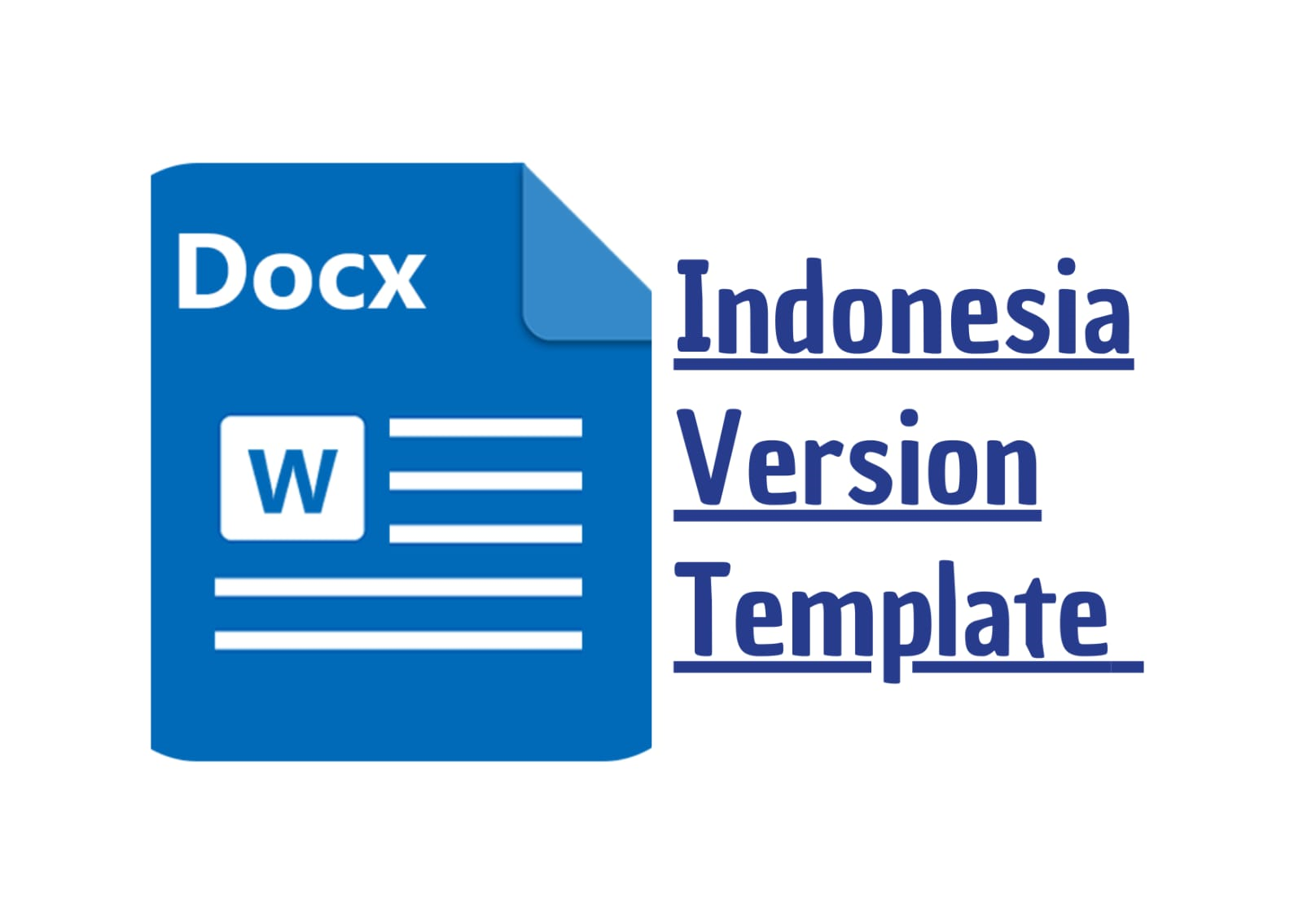Message Framing untuk Meningkatkan Frekuensi Menyikat Lidah
Keywords:
Gain, Loss, Tongue Cleaning, Message Framing, Health BehaviourAbstract
Since the awareness of tongue cleansing for health’s sake in a real life is still considered as useless activity, several people denied to clean their tongue regularly. This research was purposely conducted to investigate the effect of message framing towards tongue cleaning behaviour. This quasi-experiment was designed for the classic experiment or two group, pre-test & post-test with follow up. The participants (N=20) involving in this study was grouped into two teams, and both the groups were instructed to read the article with gain and loss framed message. The result of Friedman test clearly indicated that there was a significant difference of the mean score of brushing tongue frequency before and after reading the article, including follow up among both of the group 1 (M=0.2; M=3) (p = 0.000; p < 0.05) and group 2 (M=1; M=4.7) (p = 0.000; p < 0.05). On the other hand, Kruskal-Wallis experiment revealed that there was a significant difference of the mean score of posttest and follow up between group 1 (M=7.50) and group 2 (M= 13.5) (p = 0.017; p < 0.05). The final result of this study showed that both of the message framing styles were effective to increase the frequency of cleaning the tongue among the participant, which the loss framed style was more effective. The message framing was effective as an intervention in promoting the health behavior.
Downloads
References
Azodo, C. C., Ehizele, A. O., Umoh, A., Ojehanon, P., Akhionbare, O., Okechukwu, R., & Igbinosa, L. (2010). Tooth brushing, tongue cleaning and snacking behaviour of dental technology and therapist students. Libyan Journal of Medicine, 5(5028), 1-6.
Azwar, S. (2016). Penyusunan skala psikologi. Yogyakarta: Pustaka Pelajar.
Baek, T. H. & Yoon, S. (2017). Guilt and shame: Environmental message framing effects. Journal of Advertising, 1-14.
Baiju, R. M., Peter, E., Varghese, N., & Sivaram, R. (2017). Oral health and quality of life: Current concepts. Journal of Clinical and Diagnostic Research, 11(6), 21-26.
Bandura, A. (1997). Self-efficacy: The exercise of control. New York: W.H. Freman and Company.
Borah, P. & Xiao, X. (2018). The importance of ‘likes’: The interplay of message framing, source, and social endorsement on credibility perceptions of health information on facebook. Journal of Health Communication, 1-13.
Buunk-Werkhoven, Y. A. B., Dijkstra,A., Jaso, M. E., Acevedo, S., Estellano, G. P., & Silla, J. M. A. (2009). Persuasive oral hygiene communications in Uruguay and Spain. Cross-Cultural Communication, 7(1), 01-16.
Cheng, T., Woon, D. K., & Lynes, J. K. (2011). The use of framed message in the promotion of environmentally sustainable behaviors. Social Marketing, 17(2), 48-62.
Danser, M. M., Gomez, S. M., & Weijden, G. V. D. (2003). Tongue coating and tongue brushing: A literature review. Int J Dent Hygiene, 1, 151-158.
Davis, J. J. (1995). The effects of framed message on response to environmental communications. Research Environmental Communication, 72(2), 285-299.
Elberts, S. P., & Ots, P. (2018). Reading or listening to a gain- or loss-framed health message: Effects of framed message and communication mode in the context of fruit and vegetable intake. Journal of Health Communication, 6(23), 1-8.
Jadhav, H. C., Dodamani, A. S., Karibasappa, G. N., Naik, R. G., Khairnar, M. H., Deshmukh, M. A., & Vishwakarma, P. (2016). Effect of reinforcement or oral health education message through short message service in mobile phones: A quasi-experimental trial. International Journal of Telemedicine and Application, 1-7.
Kishi, M., Kimura, S., Ohara-Nemoto, Y., Kishi, K., Aizawa, F., Moriya, T., & Yonemitsu, M. (2002). Oral malodour and periodontopathic microorganisms in tongue coat of periodontally healthy subjects. Dent Jpn, 38, 24-28.
Kusama, K., Inoue, H., Miyazaki, Y., Kikuchi, K., Sakashita, H., & Ochiai, K. (2016). Microorganisms and cancer of the oral cavity. Integrative Cancer Science and Therapeutics, 3(4), 510-515.
Matsui, M., Chosa, N., Shimoyama, Y., Minami, K., Kimura, S., & Kishi, M. (2014). Effects of tongue cleaning on bacterial flora in tongue coating and dental plaque: A crossover study. Bio Medical Central Oral Health, 14(4), 1-8.
McKeown, L. (2003). Social Relations and Breath Odor. Int J Dent Hygiene 1, 213-217.
Nur’aeny, N., Wahyuni, I. S., & Hidayat, W. (2018). Gambaran coated tongue di Masyarakat. Conference paper.
Pakpour, A. H., Yekaninejad, M. S., Sniehotta, F. F., Updegraff, J. A., & Dombrowski, S. U. (2013). The effectiveness of gain-versus loss-framed health messages in improving oral health in Iranian secondary schools: A cluster-randomized controlled trial. Annals of Behavioral Medicine, 47(3), 1-12.
Rothman, A. J., Bartels, R. D., Wlaschin, J., & Salovey, P. (2006). The strategic use of gain and loss framed message to promote healthy behavior: How theory can inform practice. Journal of Communication, 56, 202-220.
Rothman, A. J. & Updegraff, J. A. (2010). Specifying when and how gain- and loss-framed messages motivate healthy behavior: An integrated approach. In G. Keren (Ed.), Society for Judgement and Decision Making series. Perspectives on framing (p. 257-277). London: Psychology Press.
Sherman, D. K., Mann, T., & Updegraff, J. A. (2006). Approach/avoidant motivation, framed message, and health behavior: Understanding the congruency effect. Motiv Emot, 30, 165-169. doi:10.1007/s11031-006-9001-5.
Updegraff, J. A., Brick, C., Emanuel, A. S., Mintzer, R. E., & Sherman, D. K. (2015). Framed message for health: Moderation by perceived susceptibility and motivational orientation in a deiverse sample of Americans. Health Psychology, 34(1), 20-29.
White, K. (2012). The effectiveness of message framing to influence behavior. Paper presented at “The science of getting people to do good” research briefing at the Stanford Graduate School of Business, Amerika Serikat.
Downloads
Published
How to Cite
Issue
Section
License
Copyright (c) 2022 Jumra Sayman, Rohmah Rifani, Ahmad Ridfah

This work is licensed under a Creative Commons Attribution 4.0 International License.





















